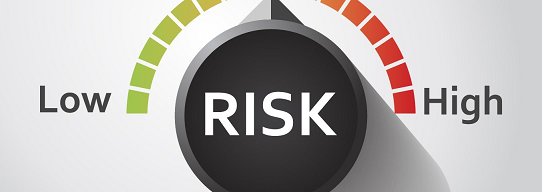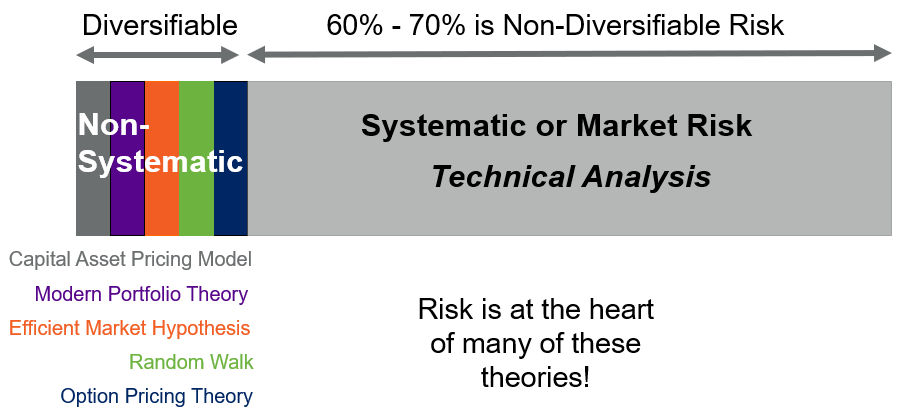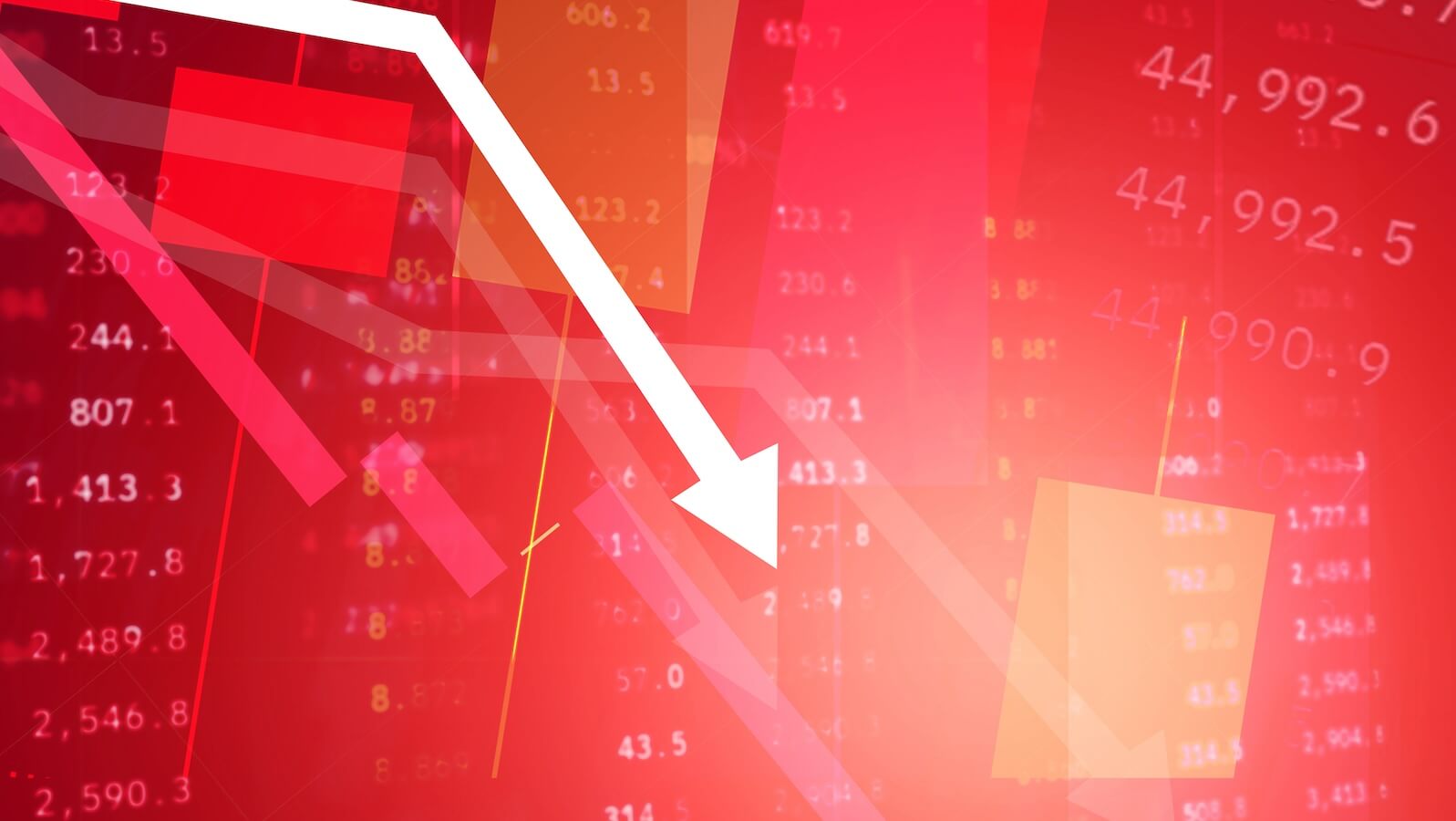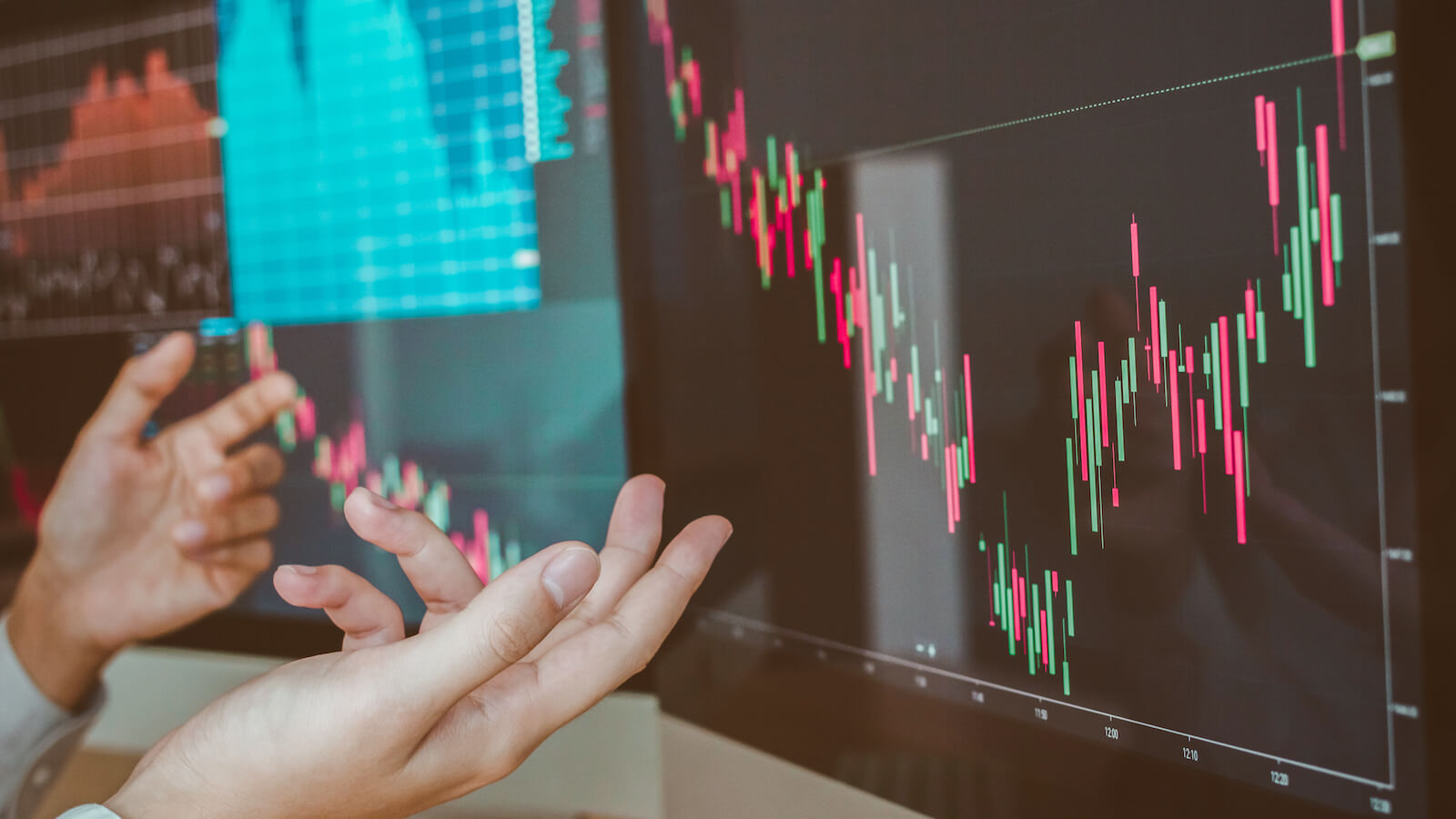 Dictionary.com says: Risk is the exposure to the chance of injury or loss; a hazard or dangerous chance. American Heritage Dictionary says: Risk is the possibility of suffering harm or loss; danger. These are just two of the many entries and these were just for the noun. Risk in the world of investments and finance is more succinct. Risk is the uncertainty of outcome; however, risk can be quantified whereas uncertainty cannot. Many use risk as a quantitative measure and uncertainty for measuring the non-quantitative type. This article will attempt to give an overview of risk, keeping to generalities, and identifying a few of the problems associated with trying to measure it. Moreover, without any equations.
Dictionary.com says: Risk is the exposure to the chance of injury or loss; a hazard or dangerous chance. American Heritage Dictionary says: Risk is the possibility of suffering harm or loss; danger. These are just two of the many entries and these were just for the noun. Risk in the world of investments and finance is more succinct. Risk is the uncertainty of outcome; however, risk can be quantified whereas uncertainty cannot. Many use risk as a quantitative measure and uncertainty for measuring the non-quantitative type. This article will attempt to give an overview of risk, keeping to generalities, and identifying a few of the problems associated with trying to measure it. Moreover, without any equations.
I frequently hear from investors who are concerned about performance. They want to know the performance over the last month, the last quarter, the last year, the last 5 years, etc. Rarely can I remember when one of them also asked about the risk associated with a money management style. Knowledge of performance without understanding the risk required to get that performance is worthless in most investment scenarios. Investors are generally aware of market risk; the risk you incur with exposure to securities whose prices move based upon movement of the forces of the overall market. Unfortunately, these investors were educated in a system that was essentially void of lessons on our credit or capital markets. They have been led to believe that market risk is just a “fact of life” when it comes to investing. I strongly believe differently. Performance without assessing the associated risk is not performance at all, but hope. Hope has its place in life, but not in investing.
Risk is measured in many different ways. You can open any mutual fund prospectus and read page after page of required documentation on numerous types of risk, such as: Interest Rate risk, Credit/Default risk, Call risk, Management risk, Liquidity risk, Sovereign risk, just to mention a few. Grab a prospectus sometime, you will be surprised! Awareness of these individual concerns is not nearly as important as the knowledge and understanding of accepting (requiring) performance on a risk-adjusted basis. These types of risk measures are attempts to quantify risk in such a way as to also know the bounds or extremes one may encounter. In a nutshell, risk measures are attempting to quantifying uncertainty.
Investments that carry more risk usually (but not always) offer higher returns, or I should say expected returns. That makes sense doesn’t it? If you take more risk, you expect to be compensated for it. Therefore, the assessment of risk is an important element of successful investing. Risk measures are based on historical performance and from this we make our best estimates to what the risk will be in the future. It is the best measure of future risk and needs to be updated frequently knowing full well that the future is not predictable.
Peter Bernstein, author of “Capital Ideas” and many other good books on finance was asked, “What are investors’ most common mistakes?” His answer was simple and straightforward: “Extrapolation. Leaving fund managers in a down year to go with whoever’s hot.” He went on to offer another tidbit of sound advice when asked how an investor could reduce risk, “The riskiest moment is when you are right. That’s when you are in the most trouble, because you tend to overstay the good decisions.” My short list of great books includes two by Peter Bernstein, “Against the Gods” and “Capital Ideas.” Both are excellent reads and strongly recommended.
The world of finance is fraught with theories on how to control risk in one’s portfolio. These theories, such as Capital Asset Pricing Model, Efficient Market Hypothesis, Random Walk, Options Pricing Model, etc., are a sound basis for all financial analysis. Personally, I think they are a little heavy in their assumptions and have stated such in previous articles, but one thing I really find at fault is their almost total belief that market risk can only be dealt with by diversification. Again, I do not believe this is the best way to handle market risk. I believe that when market risk reaches certain levels, one should take defensive action to prevent loss. Are you surprised that I am a trend follower?
And finally, remember that the “world of modern finance” is entrenched in the belief that risk is measured by the variation of returns about their mean; or standard deviation. This is total nonsense because in order to use standard deviation you have completely accepted the belief that prices are random and normally distributed. They are not! That is unless you work in the confines of the sterile laboratory of modern finance, their ivory tower so to speak. And I will close with something I keep saying over and over; the beauty of the technical approach to investing is that you are dealing with systematic risk. See Chart A. That is the risk of bear markets and drawdown. Those “other” folks only deal with non-systematic risk or as it is also known - diversifiable risk. Think about it, how often do you read wire house (large brokerage firms) publications that constantly talk about diversification and rebalancing? And since I mentioned wire houses, keep in mind most, if not all, of their publications are for marketing purposes. It is hard to see that because they write so convincingly and what appears to be so logical; yet it is just there to make you feel they have your best interests at heart. If investors would ever wake up, they will sleep better.
 Chart A
Chart A
Personally, I prefer to deal with the much larger piece of the risk pie; the systematic or market risk. That is what technical analysis does.
Dance with the Trend,
Greg Morris






